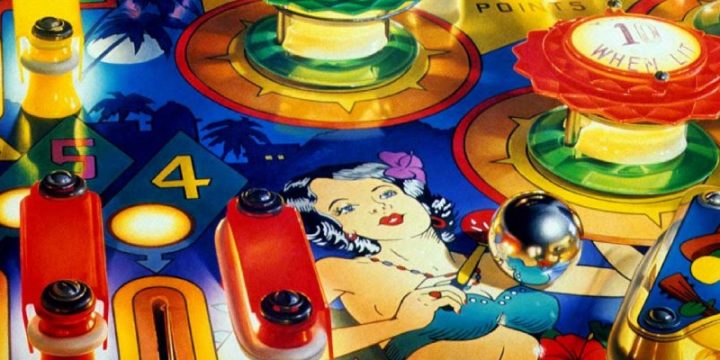
Charles Bell
Tin toys or slot machines, both high plasticity items, could not go unnoticed by this first generation of photorealistic American artists in the 1970s. All these objects are Charles Bell’s hallmark (1935-1995), the most outstanding and identifiable of the lot.Those ítems are of interest nowadays, so the bottles of Ketchup, the old Chevrolets or urbanizable perspectives by Ralph Goings, John Salt and Richard Estes, that says little in favor of the current hyperrealistic artists, by the way. Everything is perceived nowadays as cultural icons although those weren’t icons at the time; they were just normal, everyday things which went unnoticed most of the time. Nobody had any aesthetic interest in those items, nobody but Charles Bell and a bunch of artists.


